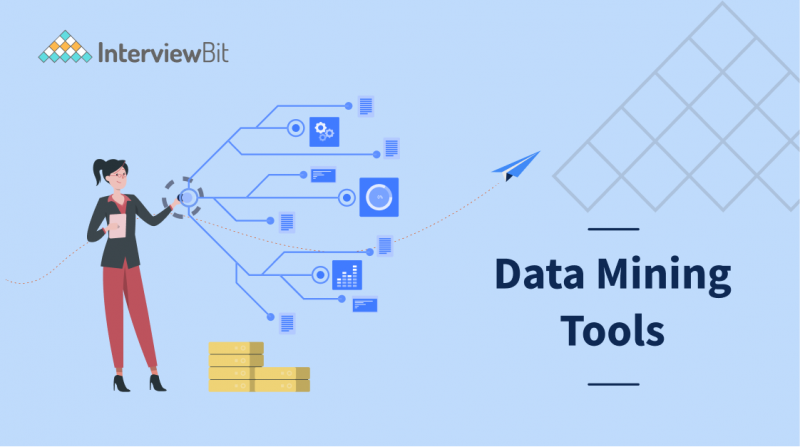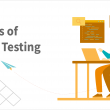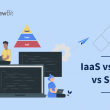In a world where billions of bytes of data are being generated in the world per second every day, it becomes absolutely critical to find ways to segregate meaningful data from the raw and unprocessed data in order to gather useful insights from it and make business decisions. This is where the role of Data Mining comes into action. It also becomes extremely important to make a good decision as to which tool we are using for data mining. In this article, we aim to take a look at what Data Mining and Data Mining Tools are and dive deep into the features of some of the most frequently used Data Mining Tools of today’s times.
- Introduction to Data Mining
- Top 10 Data Mining Tools of Today
- 1. MonkeyLearn
- 2. Oracle Data Mining
- 3. Rapid Miner
- 4. IBM SPSS Modeler
- 5. KNIME (Konstanz Information Miner)
- 6. Python
- 7. Orange
- 8. Kaggle
- 9. Rattle
- 10. Weka
- Conclusion
- Frequently Asked Questions
- Q.1: How to select the best Data Mining Tool?
- Q.2: Why is choosing the correct Data Mining tool important?
- Q.3: Which factors should you consider while selecting a Data Mining Tool?
- Q.4: Which Data Mining tool is easiest?
- Additional Resources
Introduction to Data Mining
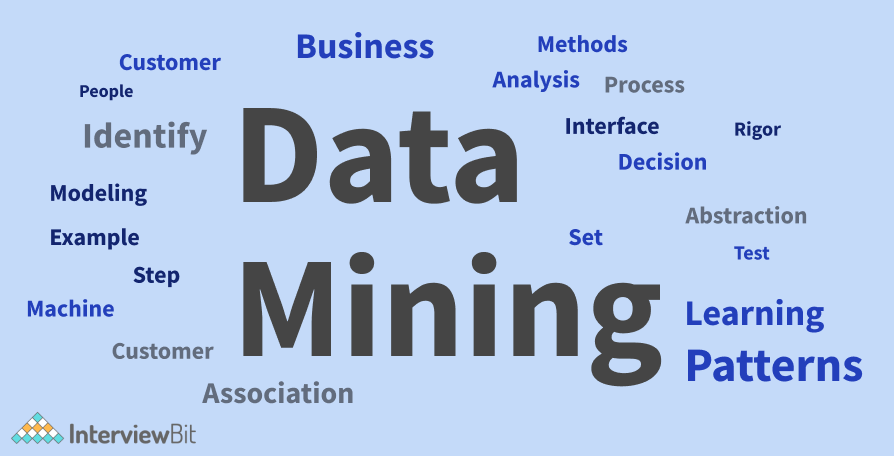
Before taking a look at what Data Mining tools are, let us take a moment and understand what Data Mining actually is. Data mining can be defined as a process of extracting and discovering patterns in huge datasets (collection of data). It involves methods at the intersection of various fields, for instance, Machine Learning, Statistics, Database Systems, and many more. Loosely speaking, Data Mining is the process by which many companies try to find insights from raw data using some intelligent algorithms and then make important business decisions based on these insights. Apart from the raw analysis of the data, data mining also involves a number of other steps: database and data management aspects, data pre-processing, model and inference considerations, interestingness metrics, complexity considerations, post-processing of discovered structures, visualization, and online updating.
If we picture data mining as a machine then the raw data becomes the input, the activity of data mining can become the activity the machine is designed to do and the output from the machine is actionable data using which companies can make strategic or tactical business decisions which positively impacts their bottom line. For example, data mining is done in shopping applications based on the user’s personalization and recommending the users different products can help the company increase their revenue. In totality, it can be said that the machine in this oversimplified or layman’s model is the data mining tool that is used to execute the various methods and techniques used in data mining.
Confused about your next job?
Why Should We Use Data Mining Tools
Now that we have a solid understanding of what Data Mining is, let us now understand what Data Mining Tools are and why we should use them. Data Mining tools can be defined as software programs that help in the framing and execution of data mining techniques. This is done to create data models (Data models are abstract models which organize elements of data and standardize how they relate to one another and to the properties of real-world entities) and test them as well. Data Mining tools, for instance, R studio or Tableau, may contain a suite of programs to help build and test a data model. These mining tools are used for discovering patterns, trends, and groupings among large sets of data and transforming data into more useful information. They allow us to perform a variety of algorithms, for instance, clustering or classification on our data sets, and visualize the results.
The Market for Data Mining tool has been very active and generating billions of dollars in sales. According to a recent report from ReportLinker, it was noted that the market for Data Mining Tools would top about a billion dollars in sales by 2023, up from 591 million dollars in 2018. A lot of job openings are coming up in big Software companies for Data Miners and therefore, it becomes extremely crucial for any budding talent of today to learn and use the various Data Mining Tools out there in today’s world.

Top 10 Data Mining Tools of Today
Now that we know a little about what Data Mining tools are and what they are used for, let us take a look at some of the most promising Data Mining tools of today’s times and the features they have to offer:
1. MonkeyLearn

MonkeyLearn is one of the most user-friendly machine learning platforms which is widely used for text mining (the process of deriving high-quality information from text). It can be efficiently used for performing data mining in real time. A number of data mining activities, for instance, detecting topics, analyzing human sentiments (activity recognition) and intent, extracting keywords, and named entities can be performed well using the MonkeyLearn Data Mining tool. It can also be used for automating ticket tagging and routing in customer support and automatically detecting negative feedback on social media.
Delivering fine-grained insights from the data mining activities done which might lead to better decision making is also something that can be done using MonkeyLearn. We can also connect our analyzed data to MonkeyLearn Studio. It is nothing but a customizable data visualization dashboard that simplifies the process to find out trends and patterns in our data.
2. Oracle Data Mining
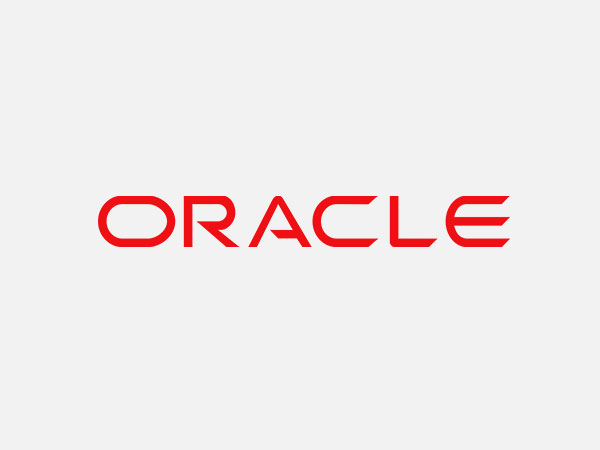
Oracle Data Mining is a representative of Oracle’s Advanced Analytics Database. A number of big companies in the world today are using it in order to maximize the potential of their data to make precise predictions.
Oracle Data Mining works with a powerful data algorithm to target the best customers. Moreover, it also identifies both anomalies and cross-selling opportunities, thereby enabling users to apply a different predictive model based on their needs. Also, it customizes customer profiles in the desired way. Because of this personalized experience for users, more and more customers are attracted to their applications, thereby yielding more revenue.
3. Rapid Miner
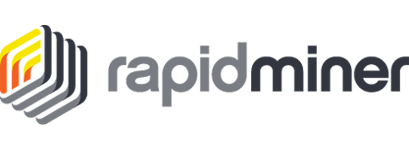
RapidMiner is a data science software platform that was developed for providing an integrated environment for data preparation, machine learning, deep learning, text mining, and predictive analytics, etc. RapidMiner can be used for the development of business and commercial applications. It can be also used for research in the fields of Machine Learning, etc., training, rapid prototyping, and application development. It also supports all steps of the machine learning process including data preparation, results in visualization, model validation, and optimization.
RapidMiner is developed on an open core model (Open core model is a business model which is used for the monetization of commercially produced open-source software). The RapidMiner program has been written entirely in the Java programming language. It provides us with an option of trying out a huge number of arbitrarily nestable operators which are detailed in XML files and are made using the graphical user interface of the rapid miner.
4. IBM SPSS Modeler

IBM is a really huge name as far as the data space is concerned when it comes to large enterprises. IBM combines well with leading technologies to implement a robust and enterprise-wide solution. IBM SPSS Modeller is a visual data science and machine learning solution that helps in cutting down the time to value by speeding up operational tasks for data miners.
IBM SPSS Modeler provides a variety of features, for instance, drag-and-drop data exploration, machine learning, and many more. IBM SPSS Modeler can be used in leading enterprises for the purpose of data preparation, discovery, predictive analytics, model management, and deployment. It also helps organizations to take a look at their data assets and applications in a convenient manner. One of the pros of this modeller is its ability to meet the robust governance and security requirements of an organization at the enterprise level. This is something which reflects very well in most of the tools which IBM has offered in the space of data mining.
5. KNIME (Konstanz Information Miner)

The Konstanz Information Miner, also known as KNIME, is a free and open-source data analytics, reporting, and integration tool or platform. It integrates the different components of machine learning and data mining by allowing users to create workflows (workflows consist of an orchestrated and repeatable pattern of activity, enabled by the systematic organization of resources into processes that transform materials, provide services or process information) for data mining and making reusable components accessible to everyone. KNIME is currently providing the following two software:
- The KNIME Analytics Platform – The KNIME Analytics Platform is an open-source software used to clean and gather data. It is also used to make reusable components accessible to everyone and create Data Science workflows.
- The KNIME Server –It is basically a platform which can be used by enterprises for the deployment of Data Science workflows, team collaboration, management, and much more.
KNIME provides a simple, easy-to-use drag and drops graphical user interface (GUI) which makes it ideal for visual programming (Visual programming is a kind of programming language which helps in letting humans describe processes using illustration.). KNIME offers in-depth statistical analysis and no technical expertise is required to create workflows for data analytics in KNIME.
6. Python
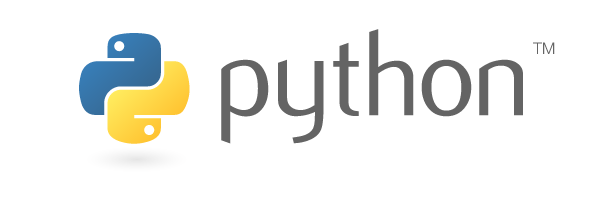
Python is a freely available, open-source language. It is extremely convenient to use and unlike R, the learning curve of Python tends to be so short that it becomes easy to use. It is very easy to build datasets and do extremely complex affinity analysis in Python in minutes.
The most in-demand business use case of Python is – data visualization. It is extremely simple and straightforward to do data visualization in Python if one is comfortable with the basic programming concepts, for instance, variables, data types, functions, conditionals, and loops. Python also provides a lot of libraries like NumPy, Pandas, etc. which help in applying Machine Learning Algorithms and doing statistical analysis for Data Mining.
7. Orange
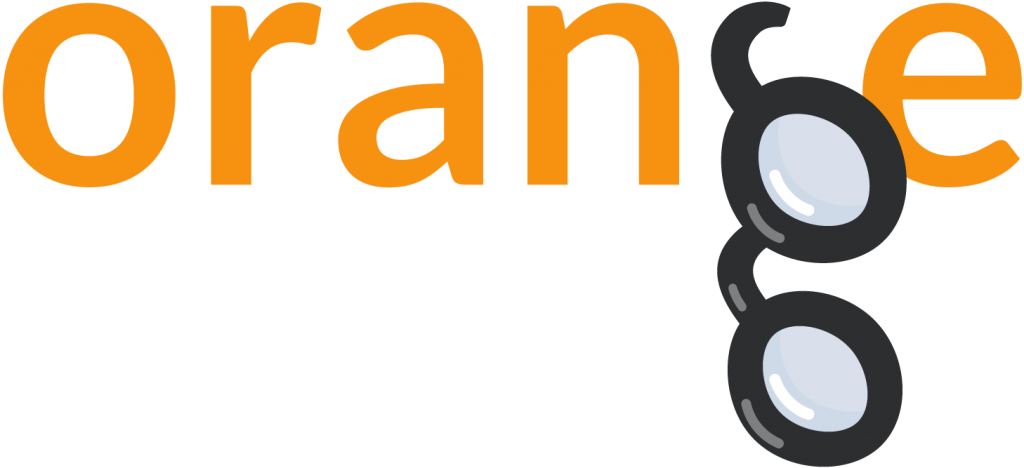
One of the most commonly used free, open-source Data Mining tools, Orange is nothing but a data science toolbox that is being used for developing, testing, and visualizing data mining workflows.
Orange is a component-based software. It has a huge collection of in-built machine learning algorithms and text mining (the process of deriving high-quality information from text) add-ons and has extended functionalities for bioinformaticians and molecular biologists. In order to offer numerous graphics like silhouette plots and sieve diagrams, Orange also allows for interactive data visualization. This makes it easy for non-programmers to perform data mining tasks via visual programming in a drag-and-drop interface.
8. Kaggle
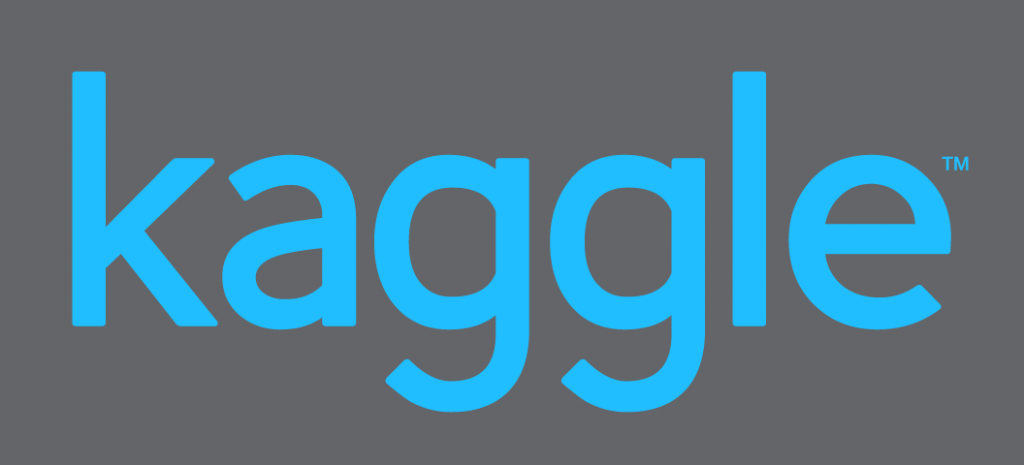
Kaggle is the largest community of data scientists and machine learning professionals. Kaggle was initially just a platform for machine learning competitions. However, it is now extending its domain into the public cloud-based data science platform areas. It is offering code and data which we need for our data science implementations. There are more than fifty thousand public datasets and four hundred thousand public notebooks in Kaggle which we can use to ramp up your data mining efforts. The huge online community that Kaggle enjoys is our safety net for implementation-specific challenges.
9. Rattle
Rattle GUI is yet another open-source and free Data Mining tool. It provides a GUI (Graphical User Interface) for data mining with the usage of the R statistical programming language provided by Togaware. It provides a lot of data mining functionalities with the help of R through a graphical user interface. Rattle can also be used as a teaching facility to learn the R. The Log Code tab of Rattle duplicates the code written in R for some activity that has been done in the GUI. This code can also be copied and pasted. Rattle can be used for statistical analysis or model generation. Rattle allows for the dataset to be partitioned into training, validation, and testing. The dataset can be viewed and edited.
10. Weka
Weka is an open-source machine-learning Data mining tool. It has a huge collection of algorithms for data mining. Developed by the University of Waikato, in New Zealand, Weka is mostly written in JavaScript and supports a variety of data mining features, for instance, preprocessing, classification, regression, clustering, and visualization, in a graphical interface which makes it extremely easy to use. A lot of in-built algorithms of Machine Learning allow the users of Weka to test their ideas really fast. This also allows users to deploy their models without having to write any code. Weka is usually used by researchers and industrial scientists, as well as for educational purposes. It can be downloaded for free under a GNU General Public License.
Conclusion
So, in conclusion, we hope we were successful in our endeavour to impart knowledge about Data Mining and the various Data Mining Tools available in the market today. We hope that we were able to provide our readers with a comprehensive list of Data Mining tools and frameworks which would help them to build a data ecosystem for building, testing, and implementing data models, which would, in turn, enable them to derive value out of their data at enterprise scale. Data Mining is one of the most promising opportunities in the world right now and anyone with a knack for Data Mining and Analytics should definitely know about these tools and frameworks so that they can choose the tool which is best for them.
Frequently Asked Questions
Q.1: How to select the best Data Mining Tool?
Ans: The answer to this question varies from one use case to another. The features of various Data Mining tools have been extensively discussed in this article and using those features, one can take a call as to which Data Mining tool or tools best fits their use case and then make a selection accordingly.
Q.2: Why is choosing the correct Data Mining tool important?
Ans: The choice of a Data Mining tool will have an impact on a lot of the business decisions which a company takes. It directly impacts the error rate, error rate at rejection, means squared error, lifts and profit or ROI (Return on Investment) and therefore, it is very important to choose the correct Data Mining tool or else it might cost the company a lot of money. Also, it has a huge impact on user satisfaction, for instance, in shopping applications or recommendation systems, if data mining is done properly and the correct products are recommended, chances are that more customers will be attracted to the application, yielding more revenue for the owners of the application.
Q.3: Which factors should you consider while selecting a Data Mining Tool?
Ans: There are three major factors that should be considered while selecting a Data Mining tool:
- Accuracy: The accuracy of a Data Mining tool can be measured with the help of the calculation of error rate, error rate at rejection, mean squared error, lift and profit or ROI (Return on Investment).
- Explanation: The Data Mining tools and models should be explained clearly to the end user. Automated rule generation, model validation and OLAP (Online Analytical Processing) integration can be used for measuring explanations.
- Integration: The third factor which should be considered while selecting a Data Mining tool is that the Data Mining tool should be well integrable with the current business process. This integration can be measured with the help of proprietary data extracts, metadata, predictor preprocessing, predictor and prediction types, dirty data, missing values and scalability.
Q.4: Which Data Mining tool is easiest?
Ans: In our opinion, RapidMiner and Python are two of the most easy-to-learn Data Mining tools. However, the answer to this question may vary from person to person. Also, it might happen that for some particular use case some Data Mining tool is easier, while for some other use case, some other Data Mining tool is easier and more preferable.







 Join WhatsApp Group
Join WhatsApp Group
